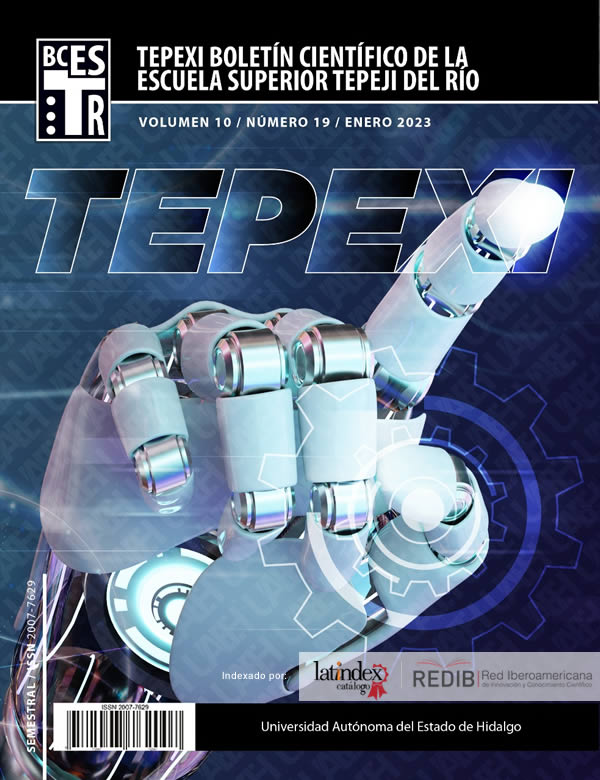Relación entre inteligencia y creatividad según la teoría de Guilford
Resumen
El presente documento aborda la teoría sobre la inteligencia y su relación con la creatividad, de Paul Guilford, la cual permite verificar el nivel de ejecución en el que se llevan a cabo estos procesos, dentro de la enseñanza y el aprendizaje. Este autor es pionero en abordar la creatividad de manera autónoma a la inteligencia. Explica que a partir de 120 capacidades, se unen cinco operaciones mentales que son básicas en todo individuo, tales como: captar de información, la capacidad de memoria, evaluación, solución de problemas y creatividad. Dicho autor, representa lo anterior a través de un cubo, en el que se muestran una serie de operaciones mentales, contenidos y posibles productos, según las particularidades de cada individuo son distintas.
as.
Descargas
Citas
Alfaro D. (2022). Cuatro taxonomías educativas para crear e-learning Centro de Recursos estratégicos en capacitación. Consultado en línea el 18 de septiembre de 2022, desde: https://www.crec.mx/2016/07/19/cuatro-taxonomias-educativas-crear-e-learning/
Diaz Tenza P. J. (2020) Taxonomía de Guilford. Consultado en línea el 18 de septiembre de 2022, desde: https://pablodiaztenza.wixsite.com/autor/post/taxonom%C3%ADa-de-guilford#:~:text=Guilford%20(1950)%20fue%20el%20primero,%2D%20captaci%C3%B3n
Raymundiz, B., Broncano Gutierrez, A., Carlos Godines G., Durand Castillo, C.J., Huaman Quispe, J., Torres Alarcon,D. (2018). Guilford, su estructura del intelecto y la creatividad. Teoría de la inteligencia. UNMSM. Facultad de Psicología. Consultado en línea el 18 de septiembre de 2022, desde: https://www.ecotec.edu.ec/material/material_2020B1_HUM151_05_140504.pdf











